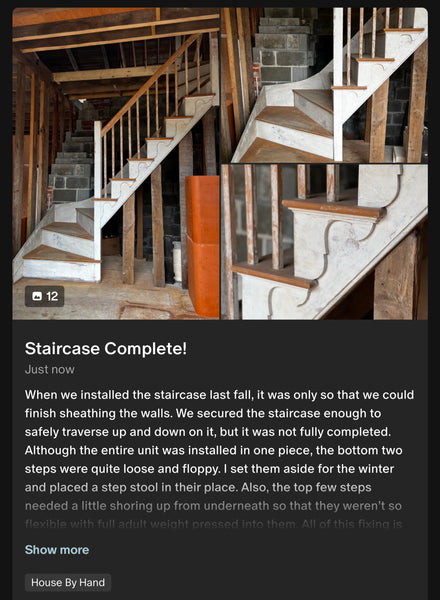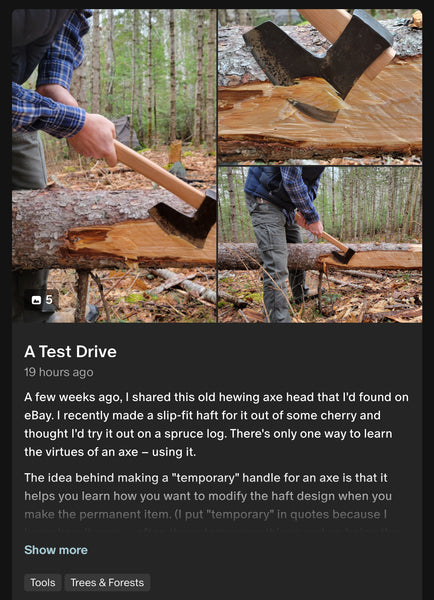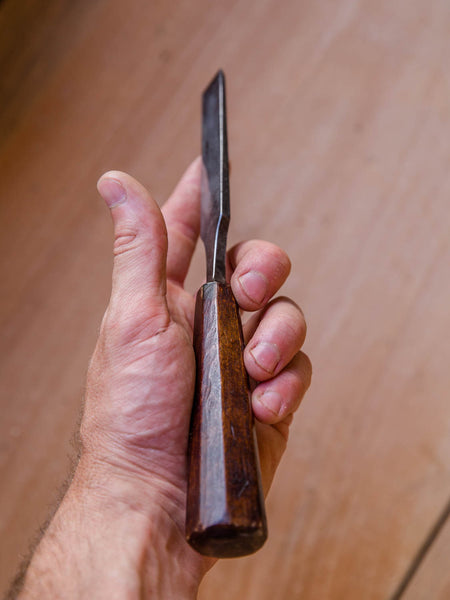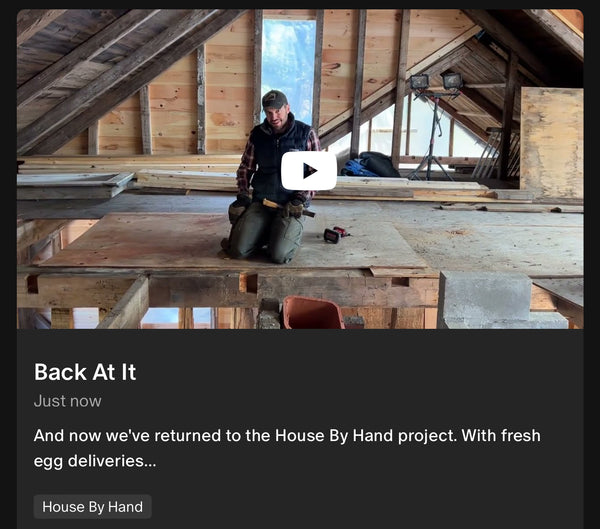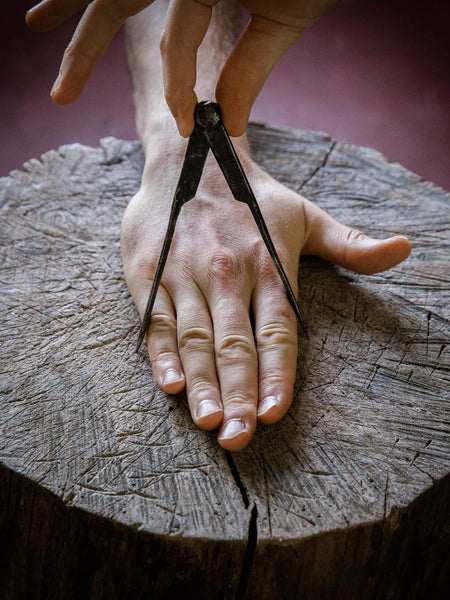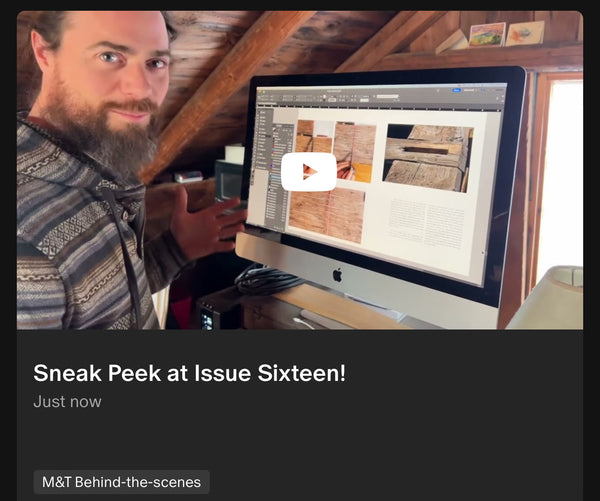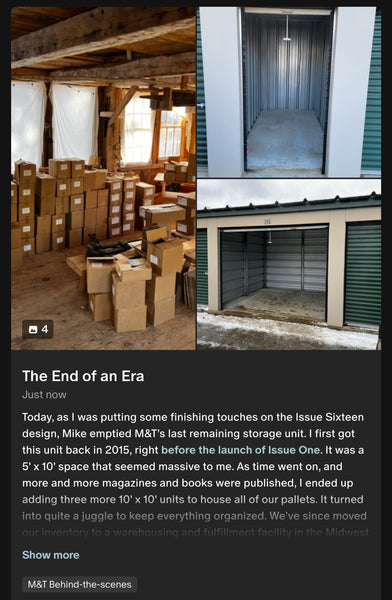Blog RSS
The Risk is to the Object Itself
As he explains, the phrase “workmanship of risk” refers to any operation that does not rely on controls such as fences or depth stops to prevent the very real possibility of spoiling the job from cutting too far or incorrectly. This can easily happen with unguided tools when the maker lacks skill, his or her attention drifts, or unanticipated variables (such as sudden grain change) arise. The “risk” Pye refers to, then, is not risk of physical injury from using dangerous tools – the risk is to the object itself. This mode of work is contrasted with the workmanship of certainty, which is “always to be found in quantity production, and found in its pure state...
Rooted in the Human Body
Nearly all measurement systems (old and new) are rooted in the measurements of the body, known as anthropometric measures. The cause is obvious – when a craftsperson needed to carry a measurement from one piece to another, or remember a length for later use, comparison to a body part was the most accessible means of doing so. There are a few exceptions I know of to this fact. For one, the origins of the meter lie in the decimal-obsessed attempt to arrive at a measure based on the Earth’s dimensions. Cartographers and mathematicians arrived at the meter, which was roughly one ten-millionth of the distance from the North Pole to the Equator, measured along the meridian that passed through Paris....




